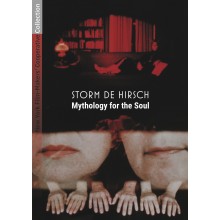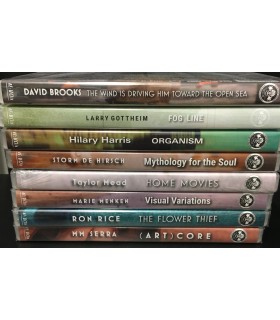€19.90
(tax incl.)
DVD with 15 films by Storm De Hirsch. Second release of our New York Film-makers' Cooperative CollectionOFFICIAL RELEASE SEPTEMBER 3, 2020



